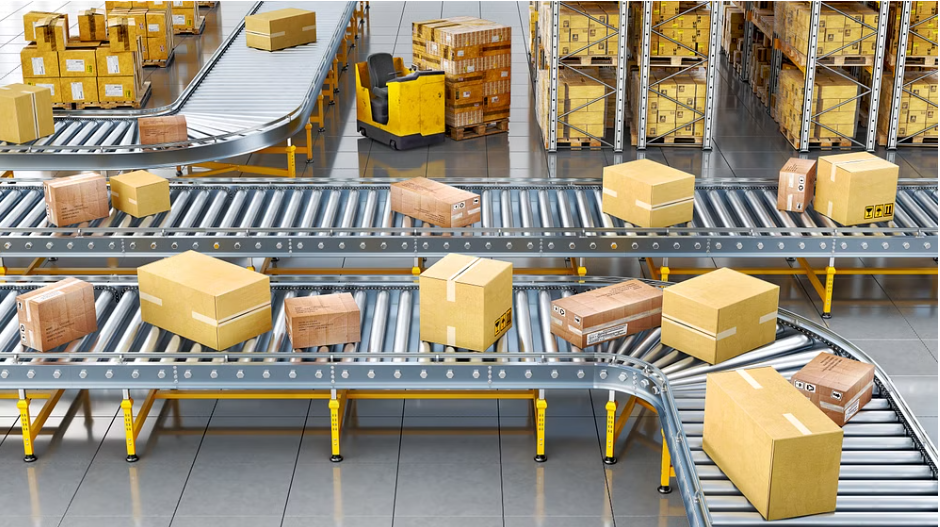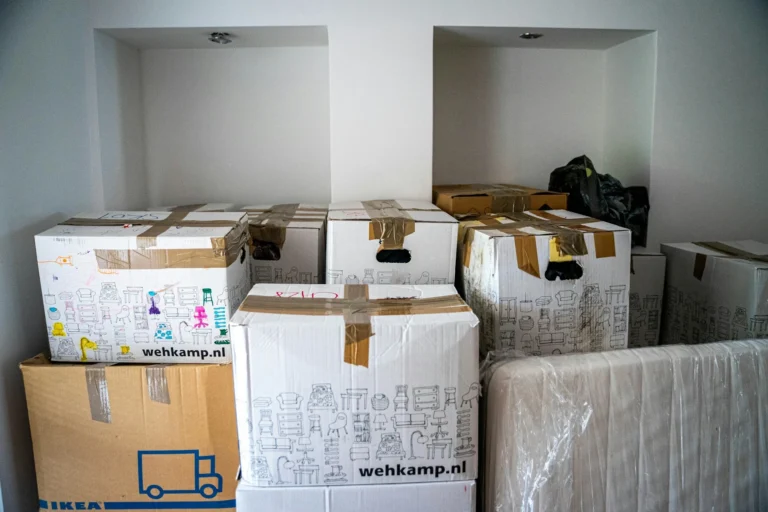Palletised Distribution: Optimising Supply Chain Efficiency

Palletised distribution is a supply chain management technique that involves the use of pallets to transport and store goods. In this method, products are placed on standard-sized pallets, which can then be easily moved and handled using forklifts and pallet jacks. This efficient system has revolutionised the way businesses operate, offering numerous benefits and streamlining the logistics process.
Contents [show]
Benefits of Palletised Distribution
The palletised distribution offers several advantages for businesses looking to optimise their supply chain efficiency. Firstly, it simplifies the process of loading and unloading goods, allowing for faster turnaround times. By utilising standard-sized pallets, companies can maximise the use of available space, both in warehouses and during transportation. This reduces the need for excess packaging and enables more efficient use of trucks, resulting in cost savings and reduced carbon emissions.
Furthermore, palletised distribution enhances the safety of goods during transit. By securing products on pallets, the risk of damage due to shifting or improper handling is significantly reduced. This ensures that goods arrive at their destination in the same condition they were dispatched, reducing the likelihood of customer complaints and returns.
Pallet Delivery and Collection Services
To fully capitalise on the benefits of palletised distribution, businesses can partner with pallet delivery and collection services. These specialised providers offer a range of services to facilitate the smooth flow of goods through the supply chain. From pallet collection at the point of origin to delivery at the final destination, these services handle all aspects of palletised distribution.
Pallet delivery and collection services manage the logistics of transporting pallets, ensuring timely and efficient movement of goods. They have a network of distribution centres, allowing for seamless connectivity across different regions. With their expertise in handling palletised loads, these services can offer tailored solutions to meet the specific needs of businesses, regardless of their size or industry.
Key Considerations for Optimising Supply Chain Efficiency
When implementing palletised distribution, there are several key considerations that businesses should keep in mind to optimise supply chain efficiency. Firstly, it is crucial to standardise packaging to ensure compatibility with pallets. Using uniform packaging dimensions and materials allows for easy stacking and reduces the risk of damage during transportation. Additionally, businesses should strive to minimise space within pallets by utilising appropriate fillers or consolidating smaller items into one pallet.
Another important consideration is the selection of the right pallet type. Various materials, such as wood, plastic, or metal, can be used for pallet construction. Each material has its advantages and suitability for different applications. For example, wooden pallets are cost-effective and widely available, while plastic pallets offer durability and can be easily cleaned. By selecting the appropriate pallet type, companies can enhance the efficiency and safety of their supply chain operations.
Implementing Palletised Distribution in Your Business
To implement palletised distribution in your business, it is essential to assess your current supply chain processes and identify areas for improvement. Start by evaluating your packaging requirements and ensuring compatibility with pallets. If necessary, work with suppliers to standardise packaging dimensions and materials. This will streamline the loading and unloading process and facilitate the efficient use of pallets.
Next, consider the physical infrastructure required to support palletised distribution. Assess your warehouse layout and determine the optimal storage and retrieval methods for palletised goods. This may involve investing in appropriate racking systems, forklifts, and other equipment necessary for efficient pallet handling.
Best Practices for Palletised Distribution
To maximise the benefits of palletised distribution, businesses should adhere to best practices. Regularly inspect and maintain pallets to ensure they are in good condition. Damaged or worn-out pallets should be repaired or replaced promptly to avoid disruptions in the supply chain. Additionally, train employees on proper pallet handling techniques to minimise the risk of accidents and product damage.
It is also essential to collaborate closely with pallet delivery and collection services. Maintain open lines of communication to ensure seamless coordination throughout the supply chain. Regularly review performance metrics, such as delivery times and quality, to identify areas for improvement and address any issues promptly.
Technology Solutions for Palletised Distribution
In today’s digital age, technology plays a vital role in optimising supply chain efficiency. Several innovative solutions can enhance palletised distribution processes. For instance, warehouse management systems (WMS) can automate inventory management, streamline order fulfilment, and optimise warehouse layouts for efficient pallet storage.
Additionally, radio frequency identification (RFID) technology can be used to track pallets and monitor their movement throughout the supply chain. This enables real-time visibility and improves inventory accuracy. Furthermore, route optimisation software can help businesses plan the most efficient delivery routes, reducing transportation costs and enhancing customer satisfaction.
Choosing the Right Palletised Distribution Provider
Selecting the right palletised distribution provider is critical for the success of your supply chain operations. Consider providers with a strong track record and experience in your industry. Evaluate their network coverage, ensuring they can reach your desired destinations efficiently. Assess their storage capabilities, technology infrastructure, and commitment to sustainability to align with your business requirements.
Furthermore, look for providers that offer value-added services, such as order tracking, online booking systems, and customer support. These additional services can enhance the overall efficiency and visibility of your supply chain operations.
Conclusion
Palletised distribution is a game-changer in supply chain management, offering numerous benefits for businesses aiming to optimise efficiency. By leveraging the advantages of pallet delivery and collection services, companies can simplify logistics and enhance the safety of goods during transit. Implementing best practices, leveraging technology solutions, and selecting the right palletised distribution provider is key to unlocking the full potential of this system.
Embrace palletised distribution in your business and experience the benefits of a streamlined supply chain. Start by evaluating your current processes, standardising packaging, and selecting the appropriate pallet type. Collaborate with reputable pallet delivery and collection services, utilise technology solutions, and continuously strive for improvement. With an optimised supply chain, your business will thrive in today’s competitive marketplace.





